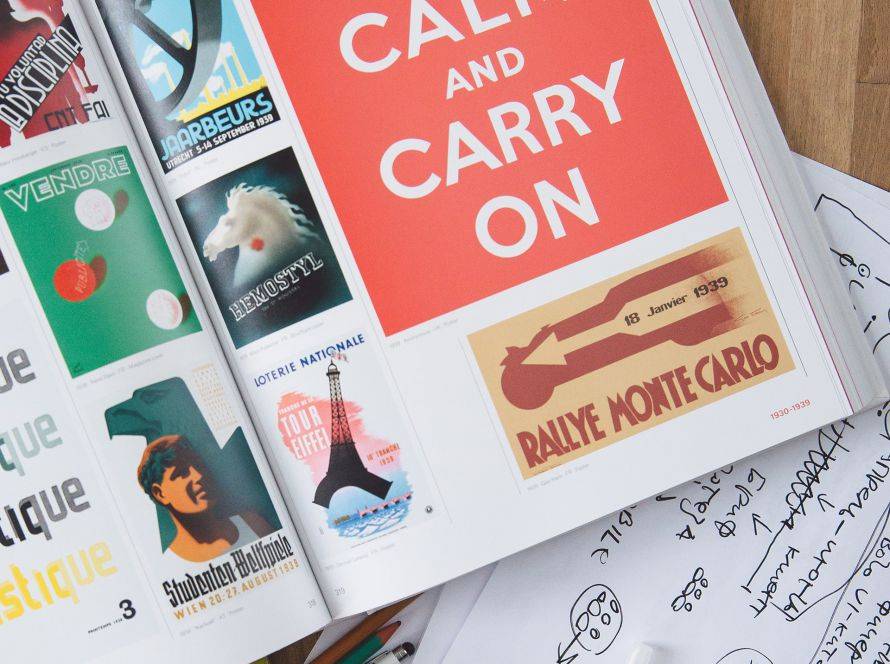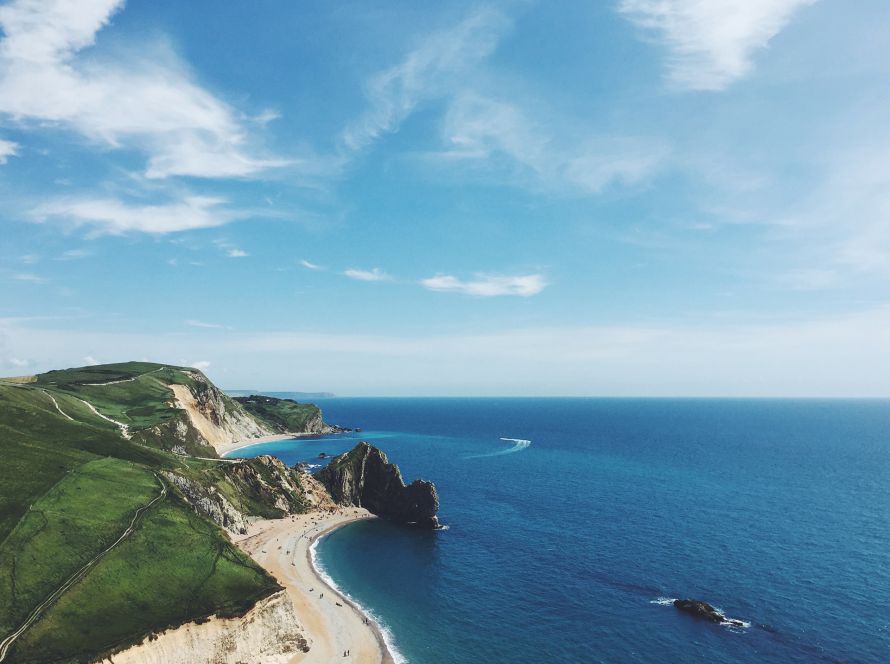Mar 26, 1874 – Jan 29, 1963

In the orbit of American literature, very few names conjure the same sense of awe and admiration as Robert Lee Frost. His timeless poetry continues to inspire readers, transcending generations and leaving an indelible mark on the literary landscape. From the enchanting beauty of “The Road Not Taken” to the contemplative depths of “Stopping by Woods on a Snowy Evening,” Frost’s works invite us into a world where nature intertwines with the complexities of the human experience.
With a keen eye for observation and a mastery of poetic form, Frost explores profound themes of life, death, and the choices we make along our journey. His words resonate with a haunting familiarity, reminding us of the delicate balance between free will and fate.
Join us as we unravel the brilliance of Robert Frost’s famous works, delving into the depths of his poetic genius and exploring the profound impact his words continue to have on readers today. From his eloquent simplicity to his ability to capture the essence of the human spirit, Frost’s legacy remains a testament to the enduring power of art.
The life and background of Robert Frost
Robert Frost, the renowned American poet, was born on March 26, 1874, in San Francisco, California. His life was marked by a series of challenges and triumphs that would ultimately shape his poetic voice and the enduring legacy he would leave behind.
Frost’s early years were marked by tragedy, as his father, William Prescott Frost Jr., passed away when the young poet was just eleven years old. This profound loss would have a lasting impact on Frost’s worldview, infusing his poetry with a palpable sense of mortality and the fragility of human existence. Following his father’s death, Frost and his family relocated to Lawrence, Massachusetts, where he would spend his formative years.
Despite the hardships he faced, Frost’s early life was also filled with a deep appreciation for the natural world. Growing up in rural New England, he developed a keen eye for the nuances of the landscape, a fascination that would become a defining characteristic of his poetic style. Frost’s intimate connection with the natural world would become a central theme in his work, as he explored the interplay between the human experience and the rhythms of the natural realm.
After graduating from Lawrence High School, Frost attended Dartmouth College and Harvard University, where he honed his craft and began to establish himself as a rising literary talent. However, it was not until the age of 39 that Frost’s first collection of poems, “A Boy’s Will,” was published, marking the beginning of his remarkable career as one of the most celebrated poets of the 20th century.
Throughout his life, Frost continued to produce a body of work that would cement his reputation as a master of the poetic form. His ability to craft deceptively simple yet profoundly resonant verses earned him widespread acclaim, and he would go on to win four Pulitzer Prizes for Poetry, solidifying his place as a towering figure in American literature.
The themes in Robert Frost’s poetry
At the heart of Robert Frost’s poetic genius lies his ability to explore the universal human experience through the lens of the natural world. His works are imbued with a profound understanding of the complexities of life, death, and the choices that shape our paths.
One of the central themes that permeates Frost’s poetry is the notion of choice and the consequences that stem from the decisions we make. In his most famous work, “The Road Not Taken,” Frost masterfully captures the dilemma of the individual standing at a crossroads, faced with the challenge of choosing one path over another. This metaphor for the pivotal moments in our lives resonates with readers, as they grapple with their own choices and the uncertainty that accompanies them.
Closely tied to the theme of choice is Frost’s exploration of the delicate balance between free will and fate. His poems often delve into how our actions and decisions intersect with the unpredictable forces of the natural world, blurring the lines between our agency and the forces that shape our lives. This tension between human control and the inevitability of natural processes is a recurring motif in Frost’s work, inviting readers to ponder the nature of their existence.
Another significant theme in Frost’s poetry is the relationship between the individual and the natural world. Frost’s intimate knowledge of the New England landscape is evident in his vivid descriptions and his ability to imbue the natural realm with symbolic meaning. From the solitary figure standing in the woods to the intricate dance of the seasons, Frost’s poems offer a profound meditation on the human experience within the broader context of the natural world.
Underpinning these thematic explorations is Frost’s deep fascination with the duality of human nature. His poems often juxtapose the light and dark, the joyful and the melancholic, the familiar and the mysterious, inviting readers to grapple with the multifaceted nature of the human condition. This nuanced approach to the human experience is a hallmark of Frost’s poetic genius, as he navigates the complexities of life with a rare blend of eloquence and insight.
Analysis of Frost’s famous Poems – “The Road Not Taken”
Among Robert Frost’s most celebrated works, “The Road Not Taken” stands as a timeless masterpiece that continues to captivate readers across generations. This deceptively simple poem, with its profound implications, has become a touchstone in the canon of American literature, inspiring countless individuals to reflect on the choices that shape their lives.
At the heart of “The Road Not Taken” is the metaphor of the diverging paths in a forest, which serves as a powerful allegory for the pivotal moments we face throughout our lives. The poem’s narrator, standing at a crossroads, must choose between two seemingly similar yet distinctly different paths, each representing a unique set of possibilities and consequences. This decision, fraught with uncertainty and the weight of the unknown, becomes a microcosm of the choices we all must confront as we navigate the complexities of our journeys.
Frost’s masterful use of language and imagery in “The Road Not Taken” adds to the poem’s enduring resonance. The vivid description of the “yellow wood” and the “two roads” that “diverged” create a tangible sense of place, allowing the reader to envision the scene and empathize with the narrator’s dilemma. The repetition of the phrase “and be one traveler, long I stood” further emphasizes the solitary nature of the decision-making process, underscoring the profound responsibility that comes with choosing one path over another.
Ultimately, the power of “The Road Not Taken” lies in its ability to capture the universal human experience of choice and its consequences. Frost’s narrator, in deciding to take the “road less traveled,” acknowledges the inherent uncertainty of the path ahead, yet recognizes the significance of the choice. This notion of embracing the unknown and the potential for personal growth resonates deeply with readers, who find themselves reflecting on their own decisions and how they have shaped their lives.
Through this iconic poem, Frost reminds us that the choices we make, no matter how small or seemingly insignificant, can have a profound impact on the trajectory of our lives. “The Road Not Taken” stands as a testament to the enduring power of art to illuminate the complexities of the human experience, inspiring us to embrace the uncertainty of our journeys and to find meaning in the paths we choose to take.
Breakdown of Frost’s famous poems – “Stopping by Woods on a Snowy Evening”
Robert Frost’s celebrated works, “Stopping by Woods on a Snowy Evening” is a poetic masterpiece that has amazed readers for generations. This deceptively simple yet profoundly resonant poem invites us to pause and reflect on the delicate balance between the allure of solitude and the obligations that tether us to the world around us.
The poem’s opening lines immediately transport the reader to a serene winter landscape, where the narrator finds themselves “Stopping by Woods on a Snowy Evening.” Frost’s vivid descriptions of the “darkest evening of the year” and the “frozen lake” create a tangible sense of place, immersing the reader in the tranquil beauty of the natural world.
As the narrator gazes upon the “woods” that are “lovely, dark and deep,” a palpable sense of contemplation and introspection emerges. The juxtaposition of the “promises to keep” and the “miles to go before I sleep” suggests a tension between the allure of the natural world and the responsibilities that await the narrator in the outside world. This delicate balance between the desire for solitude and the pull of societal obligations is a central theme that Frost explores throughout the poem.
Frost’s mastery of poetic form is on full display in “Stopping by Woods on a Snowy Evening.” The rhythmic cadence of the lines, with their consistent rhyme scheme and metrical structure, creates a sense of hypnotic, almost trance-like quality, mirroring the contemplative state of the narrator. The repetition of the phrase “and miles to go before I sleep” serves as a haunting refrain, underscoring the narrator’s reluctance to leave the enchanting solitude of the woods.
Ultimately, “Stopping by Woods on a Snowy Evening” is a profound meditation on the human experience, exploring the tension between the allure of introspection and the obligations that define our lives. Frost’s poem invites the reader to ponder the delicate balance between the desire for solitude and the responsibilities that tether us to the world around us, a universal struggle that resonates across time and space.
Calculation of Frost’s famous poem – “Mending Wall”
In the rich tapestry of Robert Frost’s poetic legacy, “Mending Wall” stands as a masterful exploration of the complex interplay between individuality and community, tradition and progress. This deceptively simple yet profoundly resonant poem invites readers to contemplate the invisible barriers that both divide and unite us, challenging the assumptions that underpin our understanding of human relationships.
The central metaphor of the “mending wall” serves as a powerful symbol, representing the physical and psychological barriers that exist between individuals and communities. As the narrator and his neighbor engage in the annual ritual of repairing the wall that separates their properties, Frost delves into the deeper significance of this seemingly mundane task.
Frost’s masterful use of language and imagery in “Mending Wall” creates a vivid and immersive experience for the reader. The vivid descriptions of the “frozen ground swell” and the “gaps” in the wall evoke a tangible sense of the physical landscape, while the dialogue between the narrator and his neighbor adds a layer of human complexity to the proceedings.
At the heart of “Mending Wall” lies Frost’s exploration of the tension between individual autonomy and the constraints of tradition and social expectations. The narrator’s questioning of the need for the wall, and his neighbor’s steadfast adherence to the adage “Good fences make good neighbors,” highlights the clash between progress and convention, the desire for independence and the pull of conformity.
Underlying this thematic exploration is Frost’s keen understanding of the human condition. The poem’s contemplation of the role of walls, both literal and metaphorical, in shaping our relationships and our sense of identity, resonates with the universal struggle to balance our individual needs with the demands of the collective. Frost’s ability to weave these complex themes into a deceptively simple narrative is a testament to his poetic genius.
Frost’s influence on contemporary poetry
The enduring influence of Robert Frost’s poetic legacy can be seen in the work of countless contemporary poets who have drawn inspiration from his masterful command of language and his profound exploration of the human experience. Frost’s impact on the literary landscape has been far-reaching, inspiring generations of writers to grapple with the timeless themes that permeate his work.
One of the most significant ways in which Frost’s influence can be seen in contemporary poetry is in the continued exploration of the relationship between the individual and the natural world. Frost’s intimate connection with the New England landscape has inspired a new generation of poets to delve into the symbolic and metaphorical significance of the natural realm, using it as a lens through which to examine the complexities of human existence.
Similarly, Frost’s masterful use of poetic form and language has had a lasting impact on contemporary poetry. His ability to craft deceptively simple yet profoundly resonant verses has inspired poets to experiment with traditional forms and to find new ways of expressing the nuances of the human experience. The rhythmic cadence and the carefully curated word choices that characterize Frost’s work have become hallmarks of contemporary poetic style, as writers seek to emulate the timeless elegance and emotional resonance of his verse.
Moreover, Frost’s exploration of the themes of choice, free will, and the human condition have continued to resonate with contemporary poets, who have built upon his foundational work to explore these universal concerns in new and innovative ways. The enduring relevance of Frost’s thematic explorations has ensured that his influence remains a driving force in the evolution of modern poetry, as writers grapple with the timeless questions that have long captivated readers and writers alike.
As the literary landscape continues to evolve, the impact of Robert Frost’s poetic genius remains a constant, inspiring and guiding the creative expressions of contemporary poets who seek to honor the legacy of this towering figure in American literature. Through their unique voices and perspectives, these writers carry forward the timeless themes and poetic mastery that have made Frost’s work an enduring touchstone in the canon of world literature.
Exploring the symbolism in Frost’s works
At the heart of Robert Frost’s poetic genius lies his masterful use of symbolism, a device that allows him to imbue his works with layers of meaning and depth. Frost’s skillful deployment of symbolic imagery and metaphor serves to elevate his poetry beyond the realm of the literal, inviting readers to engage in a deeper exploration of the human experience.
One of the most prominent symbols in Frost’s poetry is the natural world itself, which he uses as a vehicle to explore the complexities of the human condition. The woods, the snowy landscape, the diverging paths – these elements of the natural realm become powerful metaphors for the choices, challenges, and uncertainties that define our journeys. By juxtaposing the human experience with the rhythms and cycles of the natural world, Frost invites readers to consider how our lives are intertwined with the larger forces that shape our existence.
Another potent symbol that permeates Frost’s work is the notion of the “road” or the “path,” which serves as a metaphor for the choices and decisions that confront us throughout our lives. In poems like “The Road Not Taken,” the diverging paths become a symbol of the pivotal moments when we must choose one course of action over another, with the weight of uncertainty and the potential for personal growth hanging in the balance. By imbuing these simple images with profound symbolic meaning, Frost encourages readers to reflect on the significance of their choices and how they have shaped their journeys.
Frost’s use of symbolism also extends to the more abstract realms of human experience, as he explores the themes of mortality, isolation, and the search for meaning. The “darkest evening of the year” in “Stopping by Woods on a Snowy Evening” becomes a symbol of the fleeting nature of life, while the “mending wall” in the poem of the same name represents the psychological and social barriers that divide us from one another. Through these symbolic representations, Frost invites readers to grapple with the universal questions that have long captivated the human spirit.
Ultimately, Frost’s masterful use of symbolism serves to elevate his poetry beyond the realm of the literal, inviting readers to engage in a deeper, more contemplative exploration of the human condition. By imbuing his works with layers of meaning and metaphorical significance, Frost challenges us to look beyond the surface of his deceptively simple verses, and to uncover the profound insights that lie at the heart of his poetic genius.
Frost’s impact on American literature
The enduring legacy of Robert Frost’s poetic genius has had a profound and lasting impact on the landscape of American literature, cementing his place as one of the most influential and revered writers of the 20th century. Frost’s unique voice, his mastery of poetic form, and his ability to capture the essence of the human experience have all contributed to his enduring significance within the literary canon.
One of the most significant ways Frost has left an indelible mark on American literature is through his exploration of the relationship between the individual and the natural world. Frost’s intimate connection with the New England landscape, and his ability to imbue it with symbolic meaning, have inspired generations of writers to grapple with how the natural realm shapes and reflects the human experience. This deep engagement with the natural world has become a hallmark of American literature, as writers seek to emulate Frost’s poetic vision and uncover profound insights into the rhythms and cycles of the natural realm.
Moreover, Frost’s mastery of poetic form and language has had a lasting impact on the stylistic evolution of American poetry. His ability to craft deceptively simple yet profoundly resonant verses, with their carefully curated rhythms and rhyme schemes, become touchstones for contemporary writers, who seek to emulate the elegance and emotional resonance of his work. Frost’s influence can be seen in the work of countless poets, who have drawn inspiration from his formal experimentation and his ability to distill complex ideas into lyrical, accessible language.
Beyond the realm of poetry, Frost’s thematic explorations have also had a profound impact on the broader landscape of American literature. His examination of the themes of choice, free will, and the human condition have become central preoccupations for writers across genres, who have built upon Frost’s foundational work to explore these universal concerns in new and innovative ways. Frost’s enduring relevance and the continued resonance of his ideas have ensured that his influence remains a driving force in the evolution of American literature, inspiring and guiding the creative expressions of writers who seek to honor his legacy.
As the literary landscape continues to evolve, the impact of Robert Frost’s poetic genius remains a constant, a testament to the enduring power of his words and the profound insights they offer into the human experience. Through his masterful command of language, his exploration of the natural world, and his deep engagement with the complexities of the human condition. Read more about other great poets that have captured our hearts over time.














































































































[…] generations to come, as we immerse ourselves in the magical worlds he has so masterfully crafted. Read more from great authors, and poets in the literary […]